In English
9 de novembro de 2021
The Cycle of Nature – Level 3
Article published in Joca 180
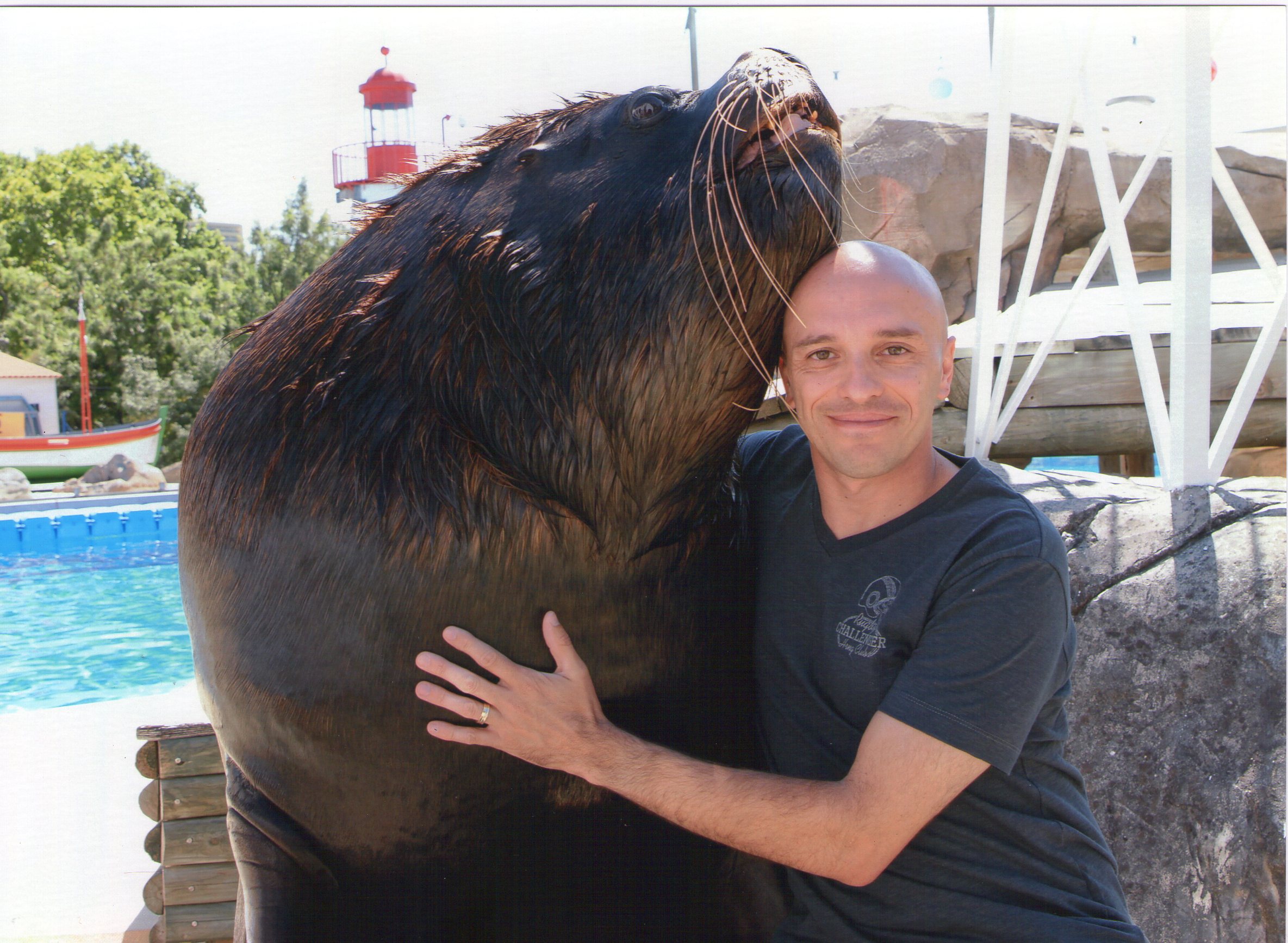
Have you ever stopped to think that the animal species we know today are different from those that existed hundreds of years ago? This is because, while some animals are becoming extinct, others are emerging.
To answer questions about how all this happens in nature, readers Clarice S., age 9, Isabella C., age 13, and Maria Luiza S., age13, interviewed biologist Guilherme Domenichelli, a columnist for Joca, who is an author of children’s books and has the Animal TV channel on YouTube. Check it out.
How do new species appear? Do new species come from two animals of different species?
Many people believe that, but that is not the case. There is even a cross between lions and tigers, for example, from which the liger is born, but it is an animal that cannot have offspring. New species come about mainly because of geographic isolation. I will give you an example: there is an island called Ilha das Cobras on the coast of São Paulo state where the species of the jararaca-ilhoa snake which can only be found there. How did it get there? Many years ago, this island was part of the mainland and some common jararacas, that live on the mainland, lived there. When the island appeared, those snakes took on different traits, such as a different venom, because it only hunts birds, not rodents. Then, it acquired different colours… And so it goes, until a new species appears. This process takes many years.
So these species acquire special traits to survive. But do these traits get passed on from generation to generation?
What happens is that new animals of the same species always appear, with different traits. If the trait that emerges is relevant to the animal, it ends up being permanent. Let us recall giraffes. A giraffe with a slightly longer neck appeared among many short-necked ones that ate grass from the ground like zebras. It started eating leaves from the trees, and as no one ate those leaves, only the leaves on the ground were disputed. During droughts, for example, those competing for grass from the ground died, while those with a longer neck survived. So this mutation took hold.
Do these new species harm the environment or affect it positively?
When they are new species, it is something beneficial. They do not disrupt the food chain because it takes many years for a species to emerge, and the food chain adapts to that. But when different species mate, it is a bad thing. Remember that new species are different from breeds, because breeds are applicable to domestic animals such as dogs. In the case of dogs, people mate them and create breeds, but species are not created by humans.
I saw that a species of fish, which was extinct, reappeared after an environmental disaster. How is that possible?
The truth is that this species did not disappear and come back. It had disappeared, but it still existed, hidden somewhere, where researchers did not have access to it. It happened with the rolinha-caldo-de-beijão, a bird considered extinct in Brazil which was seen again a few years ago.
Can viruses, which mutate, develop new species?
Humans classify living things – by kingdom, phylum, class, order, family, genus and species – because it helps to organize things. It is like a supermarket, which has shelves for cleaning products, chocolates, etc. Viruses are not classified because science is unclear about whether they are living beings, because they need other living beings to reproduce. Nevertheless, we definitely know that there are new viruses.
How do we know if an animal is at risk of extinction?
We know which animals are at risk of extinction because of an international classification model set up by the International Union for the Conservation of Nature and Natural Resources that was established in 1964. Species are sorted into nine different groups. The number of individuals per species, the size of the population, and the amount of destruction of the environment where they live are some of the criteria used to understand which category each animal belongs to.
The categories are: “least concern”, “near threatened”, “vulnerable”, “endangered”, “critically endangered”, “extinct in the wild” and “extinct”. Use the QR code below to find out more about this subject in the Dúvida Animal article on the Joca website.
LINK: https://www.jornaljoca.com.br/duvida-animal-quais-animais-correm-maior-risco-de-extincao/
Questions
1) What is a Ligre?
a) A newly discovered type of fish
b) The old name for giraffes
c) The animal that comes from crossing a lion with a tiger
d) A bird species that is extinct
2) Which animals at risk of extinction do you know?
Ixi! Você bateu no paywall!
Ainda não é assinante? Assine agora e tenha acesso ilimitado ao conteúdo do Joca.
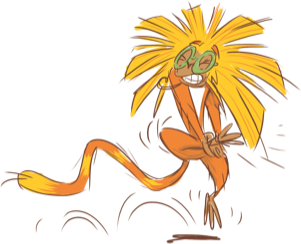







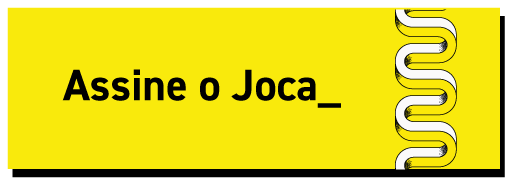

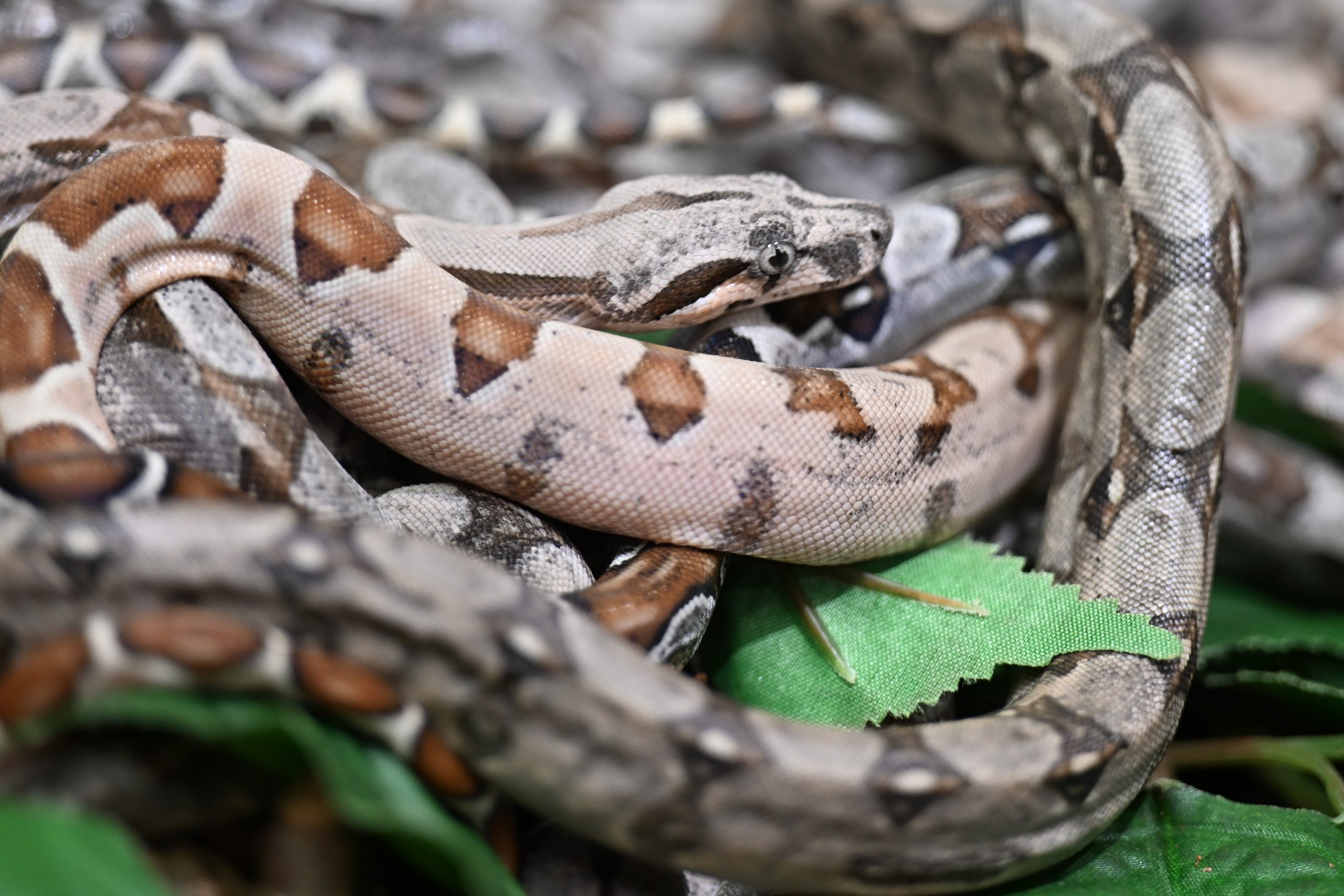
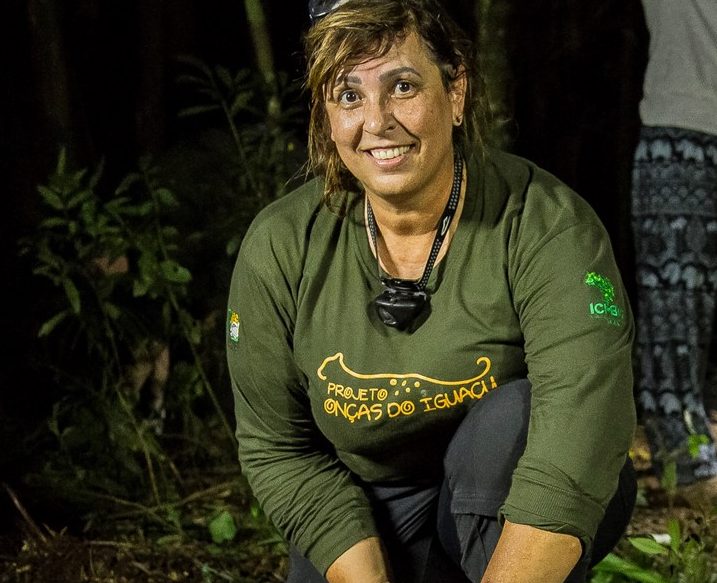
Você precisa fazer o login para publicar um comentário.